Every breath you take I’ll be watching you my plants!
Related articles
HANNA'S NEWSLETTER
Get the latest trends, news and developments for your industry every month, for free.
Blog home » Every breath you take I’ll be watching you my plants!
The answer is simply: YES!

Plants indeed need oxygen to survive, and plant cells are actually constantly using oxygen. Under certain circumstances, plant cells need to take in more oxygen from the air than they are able to produce themselves.
But, we know that plants generate oxygen through photosynthesis, why do plants even need the oxygen?
The reason is that plants respire, too, just like mammals, including humans.
Respiration doesn’t just mean “breathing.” It is a process that all living things use to release energy for use in their cells. Respiration in plants is like photosynthesis run backwards: instead of capturing energy by manufacturing sugars and releasing oxygen, cells release energy for their own use by breaking down sugars and using up oxygen. Animals take in carbohydrates for respiration through the food they eat, and their cells constantly release the energy stored in food through respiration. Plants, on the other hand, make their own carbohydrates when they photosynthesize, and their cells use up those same carbohydrates through respiration. Oxygen, for plants, is essential because it makes the process of respiration more efficient (known as aerobic respiration).
Plant cells are respiring constantly. When leaves are illuminated, plants generate their own oxygen. But, during times when they can’t access light, let’s say at night; most plants respire more than they photosynthesize, so they take in more oxygen than they produce.
Roots, seeds, and other parts of plants that don’t photosynthesize also need to consume oxygen. This is part of the reason plant roots can “drown” in waterlogged soil.
Can you? No.
s it possible for them to survive only on just the oxygen that they produce during photosynthesis? In certain circumstances in times and places where they are photosynthesizing faster than they are respiring.

We are all probably aware that photosynthesis works in a way that plants generate oxygen. Since it’s common knowledge that plants take in carbon dioxide and release oxygen into the atmosphere during this process, it may seem surprising that plants also need oxygen to survive.
Simply put, in the process of photosynthesis, plants take in CO2 (carbon dioxide) from the air and combine it with water absorbed through their roots. They use energy from sunlight to turn these ingredients into carbohydrates (sugars) and oxygen, and they release extra oxygen to the air.
6CO2 + 6H2O + Light energy → C6H12O6 (sugar) + 6O2
That is why the forests are lungs of our planet, they are the main source of oxygen in the atmosphere, and they help to maintain the level of CO2 in the atmosphere low.
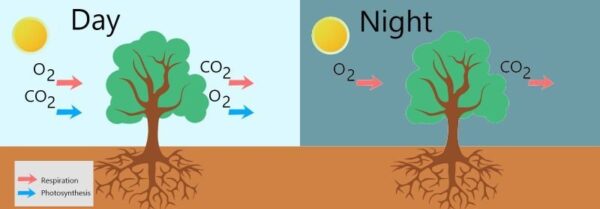
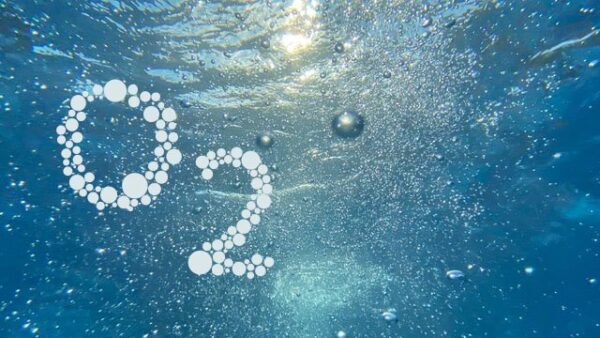
Dissolved oxygen refers to the level of free, non-compound oxygen present in water or other liquids. It is an important parameter in assessing water quality because of its influence on the organisms living within a body of water. Non-compound oxygen, or free oxygen (O2), is oxygen that is not bonded to any other element. Dissolved oxygen is the presence of these free O2 molecules within water. The bonded oxygen molecule in water (H2O) is in a compound and does not count toward dissolved oxygen levels. You can try to imagine that this free oxygen molecules dissolve in water in the same principle of the way salt or sugar does when it is stirred.
At levels around 5 mg/l of dissolved oxygen, irrigation water is typically considered marginally acceptable for plant health. … If there’s a severe lack of DO, below around 0.5 mg/l, the water is anoxic. No plants or animals can survive in anoxic conditions.
• Pressure – Atmospheric and Hydrostatic
• Temperature
• Salinity
• Humidity

How can we measure dissolved oxygen, or shortly D.O.?
Portable meters provide the versatility to bring the meter to the sample. Hanna Instruments offers portable meters with the features and performance of a benchtop.
Save youself from hassle; go optical!

HI98198 uses a luminescent optical method for the measurement of dissolved oxygen in water and wastewater.
This professional, waterproof meter complies with IP67 standards and measures:
The HI98198 is supplied complete with all accessories including probe, smartcap sensor with built in RFID, and a rugged carrying case.
Advantages: HI98198 Dissolved Oxygen Meter has many advantages over other Galvanic and Polarographic Dissolved Oxygen Meters. This meter uses HI764113 Rugged Optical Dissolved Oxygen Probe for Dissolved Oxygen measurement which has following benefits.
The HI98193 is a rugged, portable dissolved oxygen (DO) meter designed for demanding applications. This professional, waterproof meter complies with IP67 standards and measures DO, barometric pressure, BOD and temperature. The HI98193 is supplied complete with all accessories to perform a DO measurement packaged into a durable carrying case.
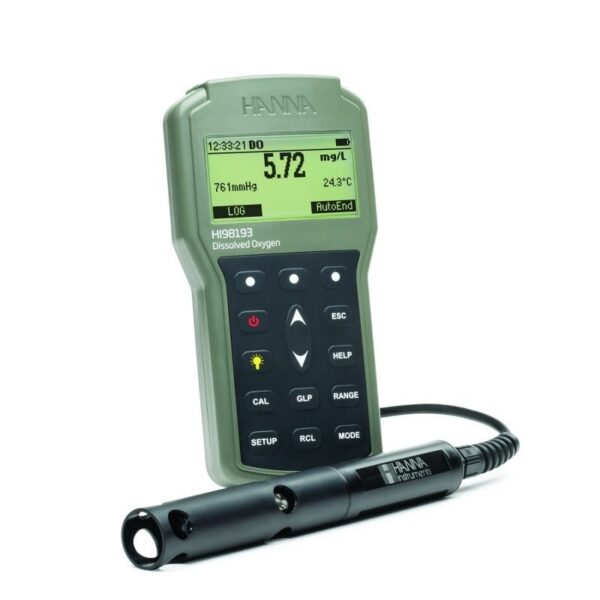
The HI9146 is a rugged, portable dissolved oxygen (DO) meter designed to provide laboratory precision and accuracy under harsh environmental and industrial conditions. This meter offers many features including automatic calibration, auto-endpoint detection, and compensation for temperature, salinity and altitude. The HI9146 is supplied complete with polarographic probe, PTFE membrane caps, electrolyte fill solution, and rugged carrying case.
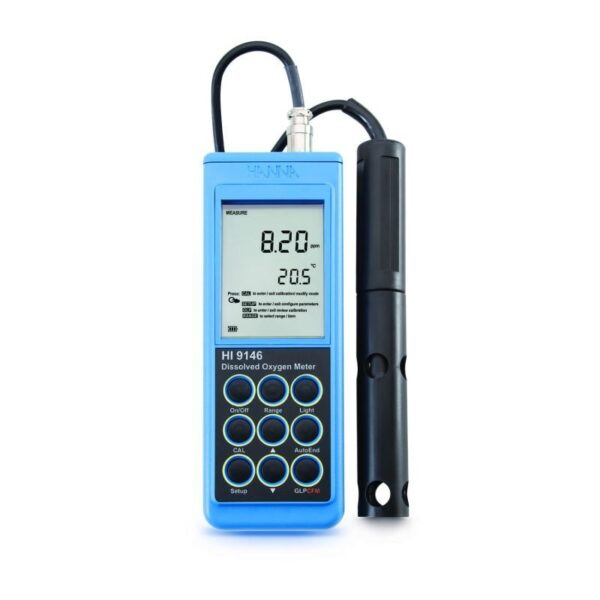
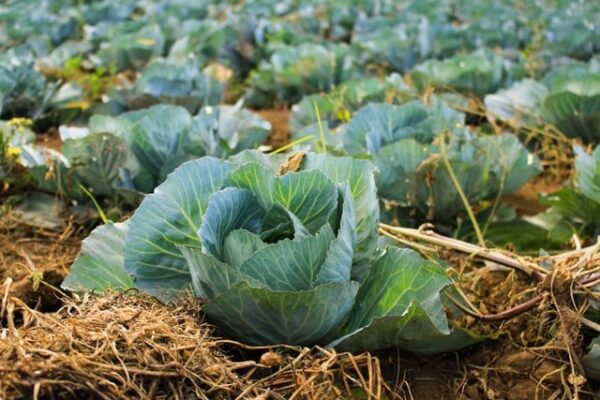
If you have or you are planning a hydroponics growing system, or just constantly curious and eager to learn more, you came to the right place!
In hydroponics growing system you have a soil-less environment and receive all essential nutrients from a nutrient solution. These nutrient solutions are closely monitored for pH, EC/TDS, and specific nutrient concentrations; however, one parameter that is often overlooked is oxygen.
Oxygen is essential for the development of a healthy root system, both for aerobic respiration of the roots and to support a community of beneficial aerobic bacteria in the root zone.
Insufficient oxygen levels in the root zone will cause less developed roots, limited nutrient absorption, and an increased population of undesirable bacteria and fungi, all of which result in plant stress.
Hydroponic systems can be build and projected in multiple ways, but some of the most common include:
In the types of systems where the roots are submerged, aeration of the nutrient solution is essential to ensure healthy root development.
Dissolved oxygen (DO) levels of 5 mg/L and above are recommended, as levels below this are detrimental and possibly fatal to plants.
However, a DO concentration of 5 mg/L is difficult to maintain in greenhouse environments. As the temperature of water increases, the solubility of oxygen decreases.
The elevated temperatures in greenhouses result in low DO solubility, as well as higher root respiration and oxygen consumption. DO concentrations greater than 5 mg/L can be maintained by aeration. Aeration can be achieved by the use of air pumps and oxygen diffusers, additions of chemicals such as hydrogen peroxide or ozone, or physically by rapid mixing.
YES! You can increase the amount of available oxygen in a hydroponic system by making sure you provide good aeration in the root zone of your plants. One way to do this is to use growing media such as grow stones, perlite, or coco coir chips.
With the process of supersaturation of the irrigation water to 10 mg/L DO with an air pump and air stone you can ensure that levels of D.O. would be maintained at 5 mg/L or above once the nutrients were added and the nutrient solution was trickled through the irrigation line of your greenhouse.
Hyper-oxygenation of irrigation water has many benefits
Hyper-oxygenation also increases plants tolerance to salt and salinity issues. Hyper-oxygenating water increases nutrient uptake and conversion efficiency which enhances and promote healthy root growth. … Research shows that higher dissolved oxygen levels in the root zone of most crops results in a higher root mass. A plant with more root mass grows healthier and faster.
As we know, water is a polar molecule. Sodium Chloride will disassociate into Sodium (Na+) and chloride (Cl-) ions.
As salinity increases there will be less sites for non-polar Oxygen (O2)to react with.
You surely think something like:
Can I make as many as possible measurements in one sample, or have very instant measurement that will cover variety of basic hydroponics parameters?
YES YOU CAN!
The HI98194 is a waterproof portable logging multiparameter meter that monitors up to 12 different water quality parameters including 6 measured and 6 calculated. The microprocessor based multi-sensor probe allows for the measurement of key parameters including:
The probe transmits readings digitally to the meter, where data points can be displayed and logged.
The HI98194 is supplied with all necessary accessories and packaged in a durable carrying case.

12 Parameter Dot Matrix Display
Multi-sensor Probe Quick
Calibration
HI9829
The HI9829 is a waterproof portable logging multiparameter meter that monitors up to 14 different water quality parameters. The microprocessor based multi-sensor probe allows for the measurement of key parameters including
The probe transmits readings digitally with options to log data while disconnected from the meter.
An optional GPS provides location tracking of measurements. The complete system is simple to setup and easy to use. The HI9829 is highly customizable and supplied with all necessary accessories, packaged in a durable carrying case.
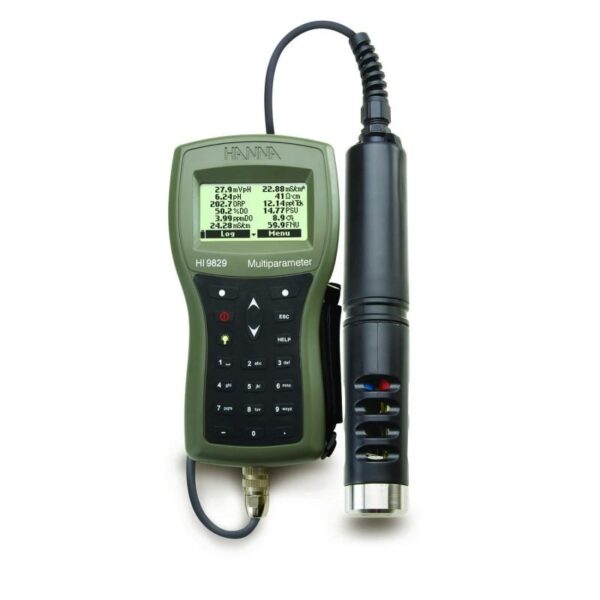
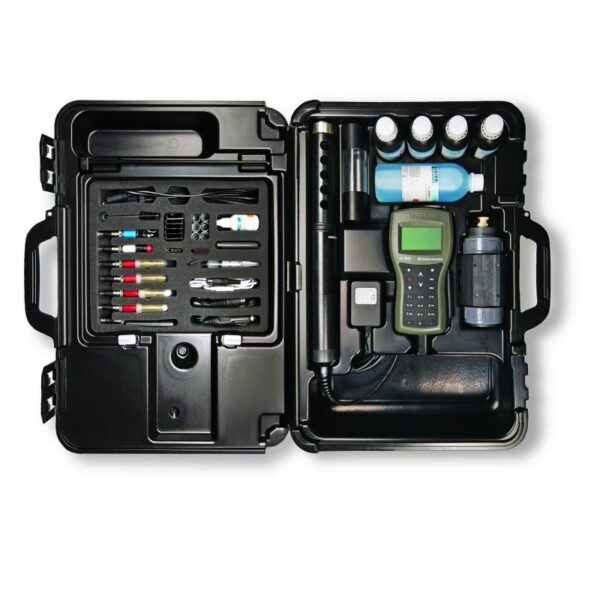
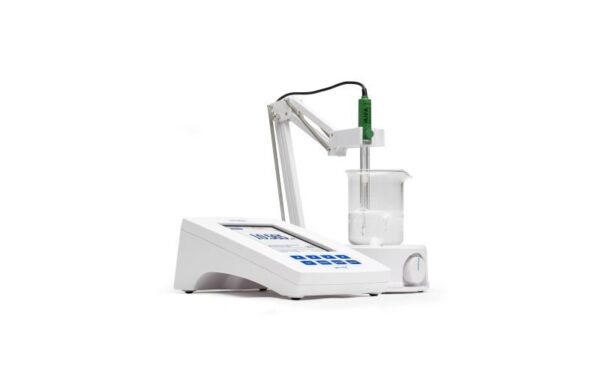
The HI5421 is our most advanced benchtop Dissolved Oxygen (DO) meter incorporating the latest microprocessor to bring exceptional features and performance for the most demanding user. These meters are completely customizable to user specific requirements. These research grade meters have many features including:
The versatile edge® DO meters are just a thick and can be used as a benchtop, portable or as a wall mount to save valuable bench space. The HI2040 edge is supplied with a high performance dissolved oxygen probe that is 12 mm in diameter.
edge meters feature:
The edge family of meters include both multi-parameter versions and dedicated versions that only measure DO.

Author: Nives Vinceković Budor, Chemical engineer
Get the latest trends, news and developments for your industry every month, for free.
This website is available for the following countries: Algeria, Angola, Benin, Burkina Faso, Burundi, Cameroon, Cape Verde, Chad, Comoros, Côte d’Ivoire, Eritrea, eSwatini, Ethiopia, Gabon, Gambia, Ghana, Djibouti, Jordan, Guinea, Equatorial Guinea, Guinea-Bissau, Kenya, Lebanon, Liberia, Libya, Madagascar, Malawi, Mali, Morocco, Mauritania, Niger, Nigeria, Palestine, Central African Republic, Republic of the Congo, Democratic Republic of the Congo, Rwanda, São Tomé and Príncipe, Senegal, Seychelles, Sierra Leone, Somalia, Sudan, South Sudan, Tanzania, Togo, Tunisia, Uganda and Zambia.
All prices are VAT excluded and without shipping costs, unless otherwise stated.
Hanna Service d.o.o. — Sermin 75H, Bertoki — 6000 Koper (Slovenia) — VAT ID SI92346669
©2024 All rights reserved
| Cookie | Duration | Description |
|---|---|---|
| cookielawinfo-checbox-analytics | 11 months | This cookie is set by GDPR Cookie Consent plugin. The cookie is used to store the user consent for the cookies in the category "Analytics". |
| cookielawinfo-checbox-functional | 11 months | The cookie is set by GDPR cookie consent to record the user consent for the cookies in the category "Functional". |
| cookielawinfo-checbox-others | 11 months | This cookie is set by GDPR Cookie Consent plugin. The cookie is used to store the user consent for the cookies in the category "Other. |
| cookielawinfo-checkbox-advertisement | 1 year | The cookie is set by GDPR cookie consent to record the user consent for the cookies in the category "Advertisement". |
| cookielawinfo-checkbox-necessary | 11 months | This cookie is set by GDPR Cookie Consent plugin. The cookies is used to store the user consent for the cookies in the category "Necessary". |
| cookielawinfo-checkbox-performance | 11 months | This cookie is set by GDPR Cookie Consent plugin. The cookie is used to store the user consent for the cookies in the category "Performance". |
| viewed_cookie_policy | 11 months | The cookie is set by the GDPR Cookie Consent plugin and is used to store whether or not user has consented to the use of cookies. It does not store any personal data. |
| Cookie | Duration | Description |
|---|---|---|
| stl_script | 3 months | No description |
